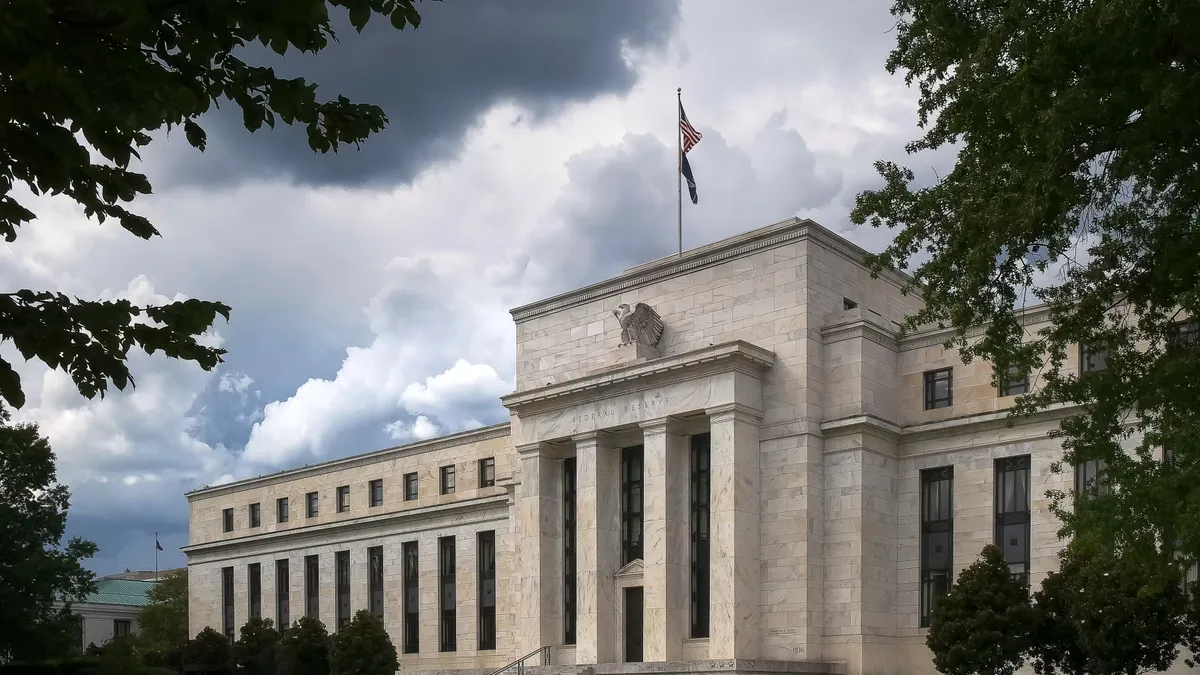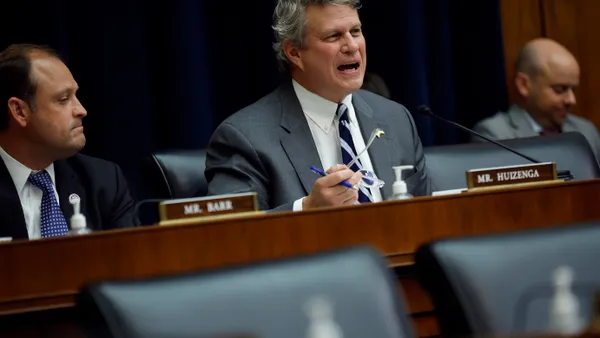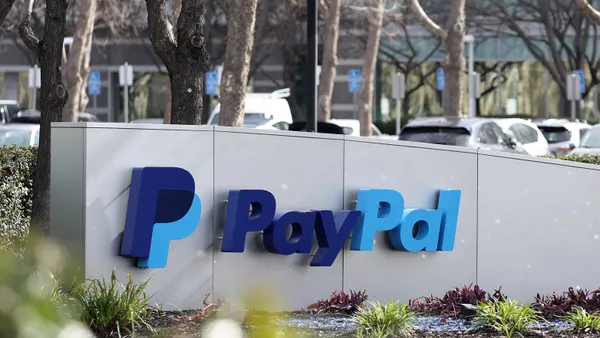The Federal Reserve has made headway in adding banks to its new FedNow system, with a tally of 400 participating financial institutions, but some of the biggest U.S. banks are still on the sidelines six months after the instant payments service launched.
Bank of America, Citigroup, PNC and Capital One Financial, all among the nation’s 10 largest banks, still haven’t signed on to FedNow, according to the Fed’s latest list of participants.
FedNow launched last July, promising to speed up transactions for consumers and companies. It’s only available through banks so the Federal Reserve and its FedNow staff have been on a campaign, including via webinars and public communications, to encourage more banks to hook up to the system. The more financial institutions join, the more attractive the network becomes because of increased reach.
In response to a request for comment, a Fed spokesperson, Cassie Burica, noted that some non-participant banks were involved with FedNow’s prior pilot program, suggesting they’ll eventually join. Burica also noted that the CEOs of two banks, Citi and Bank of America, said during a Senate Banking Committee hearing last month that their banks plan to sign on “in the coming months.”
A spokesperson for Citi suggested the same. “We are highly supportive of FedNow and it was always part of our plan to participate,” said Karen Kearns, a spokesperson for the New York-based company. “We plan to be ready to go live on the platform in the first half of 2024.” Kearns also noted that Citi has invested “heavily in instant payments with direct access across 65 countries,” including via FedNow’s U.S. rival, the RTP network.
A spokesperson for Bank of America declined to comment. PNC and Capital One didn’t immediately respond to a request for comment.
To be sure, the biggest U.S. bank, JPMorgan Chase, was connected to FedNow early on, and Wells Fargo and U.S. Bank have also joined the network, so there is support from major U.S. institutions.
Still, FedNow has been getting traction only slowly. There are nearly 10,000 banks and credit unions across the country, so the bulk of them are not on board. And of the ones that have connected, many are only receiving payments and haven’t set up their systems to send payments.
While the start of FedNow is also prompting more adoption at the rival RTP network, which was launched in 2017, the U.S. still lags behind other countries in fostering instant payment systems. Some of those countries, including India and Brazil, have made progress by mandating use of the real-time systems.
“We are kind of taking this laissez-faire market approach, but right now it’s kind of a mess,” said Peter Tapling, an industry consultant based in the Chicago area. “We lag woefully behind,” he said of the U.S.
It might seem that two systems would be better than one in playing catch-up, but that’s not necessarily the case because the competition could be causing some banks to drag their feet on FedNow. That’s partly because The Clearing House, which operates RTP, is owned by a pack of big U.S. banks, including Citi, PNC, Capital One and Bank of America. “There is going to be a period of time where people will pick sides,” Tapling said.
And RTP isn’t the only payments service that may face competition from FedNow. Debit and credit card transactions could ultimately be reduced if instant payments catch on and that may eat into the interchange fees that banks derive from the cards they issue.
“To the extent that FedNow creates the possibility to go around the card networks, that represents a competitive threat,” said Jim Angel, a Georgetown University professor who served on a U.S. faster payments task force.
Some banks will wonder why they should rob RTP of revenue and take on the additional cost of adding FedNow when the government system doesn’t even have a rich set of financial institutions using it yet, Tapling explained. “Volumes on these networks are so low,” Tapling said, estimating thousands of transactions occur daily on FedNow.
Aside from that lack of benefit in hurrying to join FedNow, there are also likely bugs in the system that have yet to be worked out. “Let other people incur the teething costs” is how some banks are likely to see the situation, Angel said. They’ll watch other banks test the system, and then join FedNow when it has critical mass and they can benefit from second-mover advantage, he predicted.











